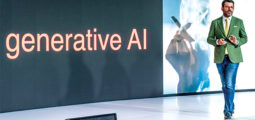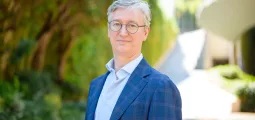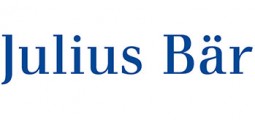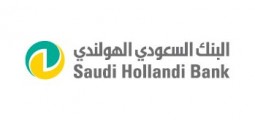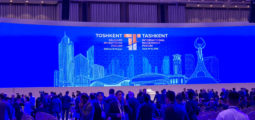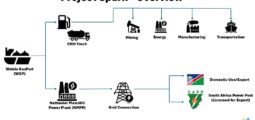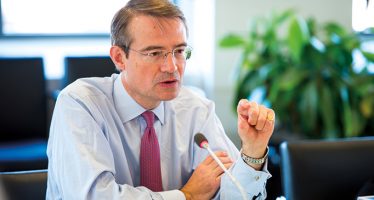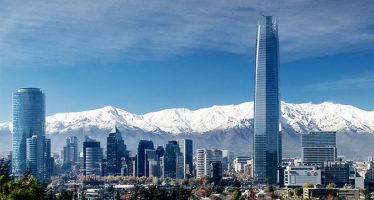A Synchrotron for Africa: Scientists Unite Behind Proposed Project
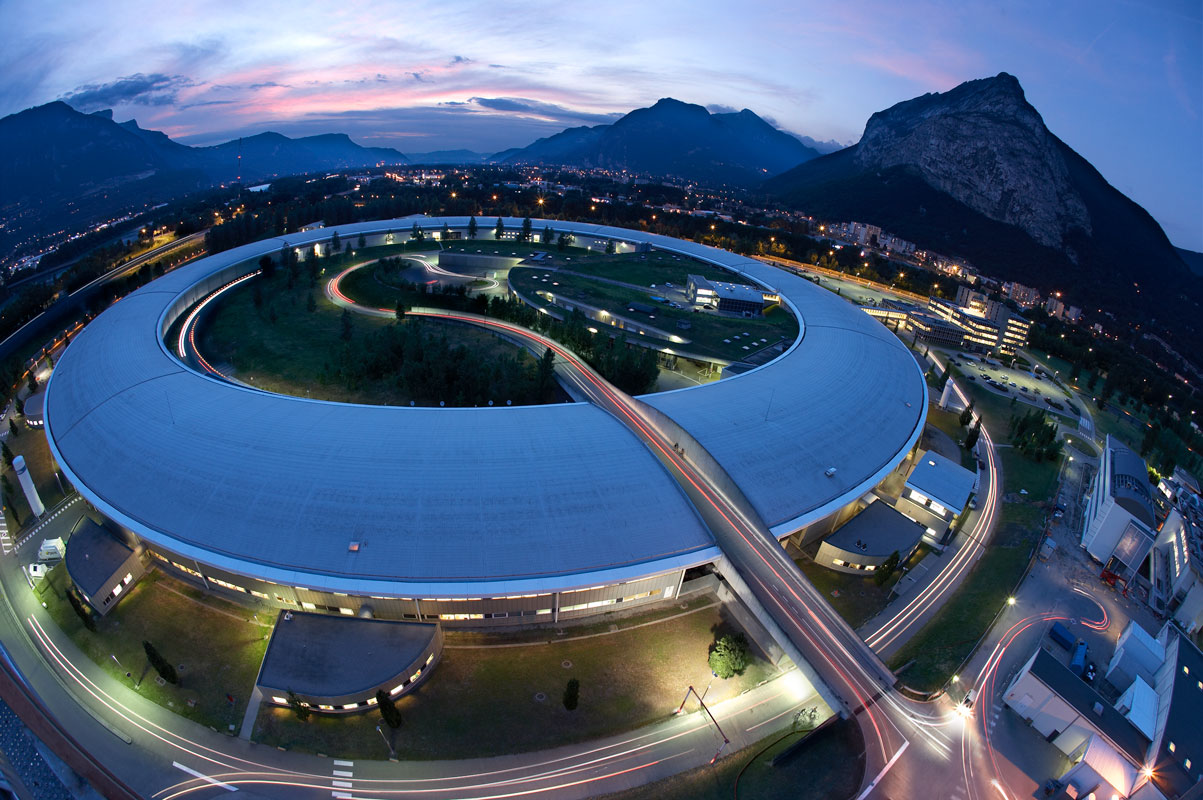
The European Synchrotron Radiation Facility (ESRF) in Grenoble France.
Of the world’s almost fifty synchrotron light sources, not a single one is to be found in Africa. That, however, may soon change. Later this year, a 15-member steering committee, comprised of European, US, and African scientists and government officials, will meet at the Synchrotron Radiation Facility in Grenoble (France) to discuss plans for the design and construction of a cyclic particle accelerator in Africa.
The initiative aims to boost scientific investigation on biomedical, environmental, and other problems of particular concern to the continent. Taking a cue from the Brazilian synchrotron – which is widely credited with enabling a significant increase in local scientific research – the facility envisioned for Africa is to provide the impetus for a surge in academic inquiry and cooperation.
Like the Brazilian synchrotron, the African accelerator is also meant to stem the exodus of scientists from the continent. According to a 2013 study conducted on behalf of the United Nations’ Department of Economic and Social Affairs, approximately 450,000 Africans with tertiary education degrees migrated to OECD (Organisation for Economic Cooperation and Development) member states over the 2007-2012 quinquennium. The study also found that in Sub-Saharan countries the emigration rate of highly-skilled people is up to twenty times higher than the overall rate.
“The initiative aims to boost scientific investigation on biomedical, environmental, and other problems of particular concern to the continent.”
Professor Herman Winick, a physicist at the Stanford Linear Accelerator Center and the driving force behind the nearly-completed Middle Eastern synchrotron in Jordan, says that an African particle accelerator may be designed and built in under a decade: “It is necessary to bring countries together and commit to the project. Depending on construction costs, the proposed facility should require about $200m to complete.”
Prof Winick was instrumental in forging scientific cooperation in the Middle East which led to the construction of the SESAME (Synchrotron-Light for Experimental Science and Applications in the Middle East) – a 2.5 GeV (Giga electron Volt) storage ring in Allan, about 30km northwest of Amman. The SESAME initiative was launched in 1999 with construction beginning in 2003.
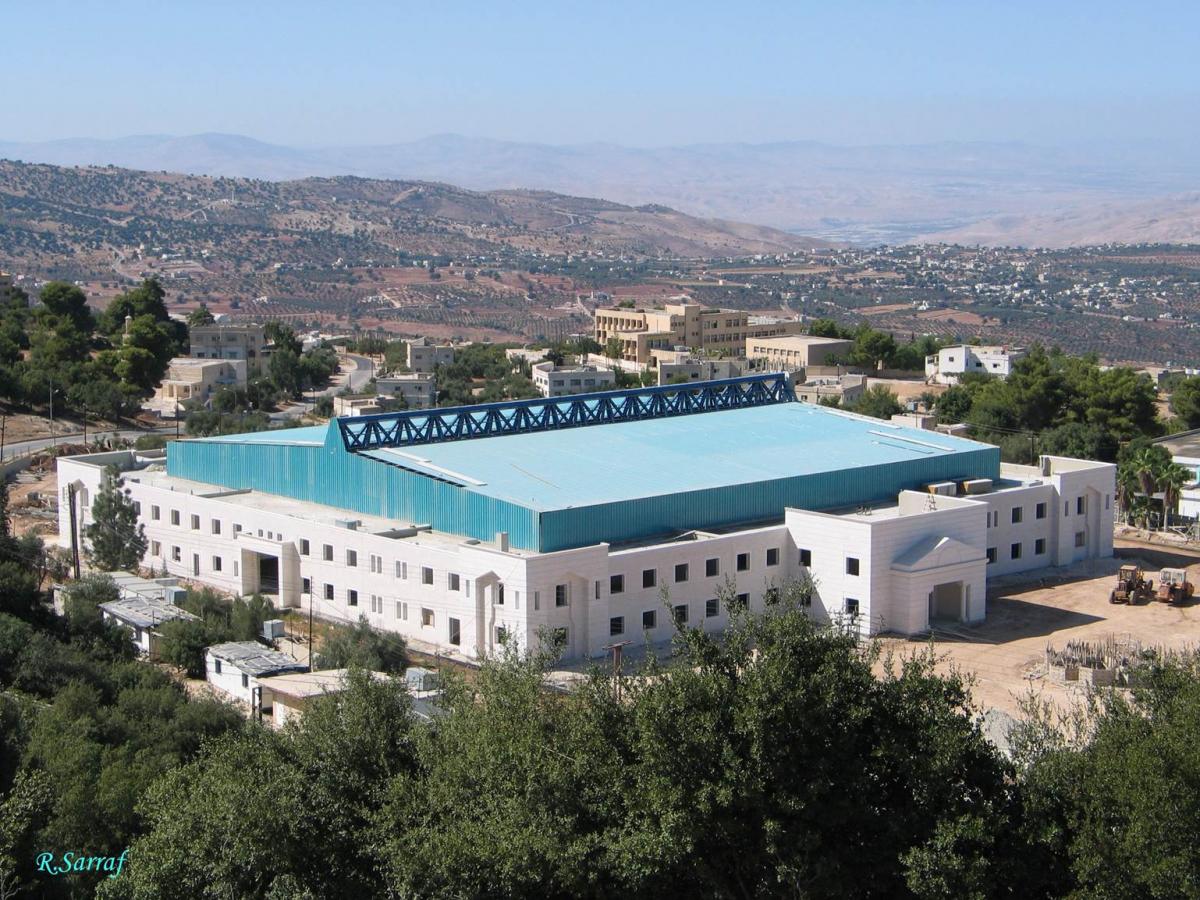
The SESAME (Synchrotron-Light for Experimental Science and Applications in the Middle East) facility in Jordan.
The project is backed by UNESCO (United Nations Educational, Scientific, and Cultural Organisation) and supported by the governments of Bahrain, Cyprus, Egypt, Iran, Israel, Jordan, Pakistan, Palestinian Territories, and Turkey which all contributed funds towards the realisation of the contraption. As such, SESAME cuts across political boundaries and enmities. The facility – already hailed as a landmark of international cooperation – is expected to emit its first light later this year.
You may have an interest in also reading…
Big Blue’s Big Bet: How IBM Transformed Itself for the Age of AI and Cloud
For much of the 20th century, IBM—known affectionately as “Big Blue”—was synonymous with computing. Its mainframes powered governments, corporations, and
Gavin Wilson, CEO IFC AMC: Mobilising Private Capital for Sustainable Development
Building and upgrading the infrastructure to underpin sustainable development in emerging markets and elsewhere requires additional investments estimated at around
The Time Is Now: Paradigm Shift Signals Opportunity
Few people realise that in 2013 a turning point was reached. In that year, emerging economies displaced developed markets as


